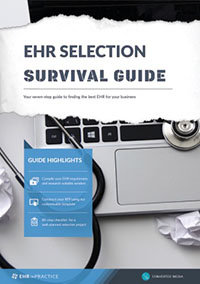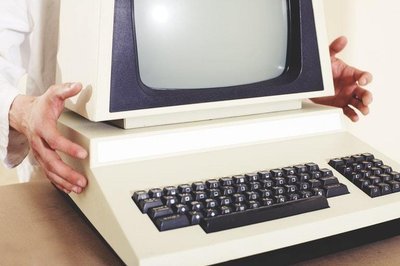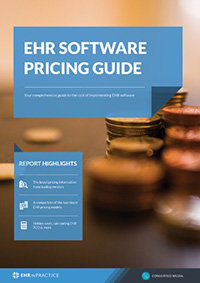4 legacy EHR issues that indicate you need a new system
Not all EHR systems are created equally. Outdated legacy EHR can inhibit the growth and functionality of a medical practice. Here are 4 common legacy issues that indicate a practice needs an updated EHR system.
1. Time consuming documentation workflow
The most obvious issue that should signal the need for an updated EHR system is if clinicians and office staff have difficulty inputting patient information. If the documentation process is too lengthy and time consuming, your clinicians' time will be taken away from patient care.
Recommended reading: EHR selection survival guide - 7 steps to selection success
Legacy EHR systems don’t often support the same “click and go” features and shortcuts that modern systems do. These modern systems provide easy to understand workflow formats and logically follow a patient visit. If your system is slowing down practitioners, updating can bring about improved productivity, patient care and clinician satisfaction.
2. Poor integration
If your legacy EHR does not efficiently communicate with other systems or portals (such as E-prescribing, billing, sharing results with other specialties, communication with patients, and reporting for CMS), then it may be time to look for a new system. One of the main purposes of a move to electronic health records is to improve information exchange in order to optimize patient care and outcomes. If the legacy system is not able to complete required exchange of health information, it is not functioning to its required capacity in the medical practice.
3. Monitoring and alerts for medical coding
The lack of built in controls to monitor and alert incorrect or inefficient coding processes can cost your practice financially and even limit patient care. For example, EHR should create alerts for diagnosis and billing coding errors followed by corrective suggestions in order to ensure appropriate billing and reimbursement.
The lack of built in controls to monitor and alert incorrect or inefficient coding processes can cost your practice financially and even limit patient care.
Additionally, modern EHR systems are able to track suggested screenings, tests, and medication interactions in order to optimize patient care. These features act as a reminder to allow the clinician to practice efficiently and to the highest standards. If the legacy system is not monitoring and alerting these issues, it may be time for an upgrade.
4. Poor mobile access and communication
In the technology and consumer driven healthcare market we work in, it is essential that practices utilize EHR systems that offer mobile access and mobile communication for patients. Many patients utilize their smartphones to keep track of everything from appointments, to medications and major health conditions.
Patients want to be able to reach their physician or nurse electronically, instead of waiting near a phone for a call back. In addition, patients want to be able to access their own health information independently. Therefore, patient portals and physician communication domains are essential for patient satisfaction. If your legacy EHR does not offer a patient portal, it may be time to upgrade.
Free white paper

EHR Selection Survival Guide
The comprehensive guide to selecting the best EHR system for your medical practice.

Featured white papers
Related articles
-

Five things your physicians hate about your legacy EHR
These legacy EHR issues suggest it might be time to upgrade your system
-

How to build the most accurate EHR budget plan possible
How to build an accurate Electronic Health Records budget plan
-

Calculating the useful life of your EHR - is it possible?
Factors that will impact your EHR's useful life and how to estimate their effect on your system's...




